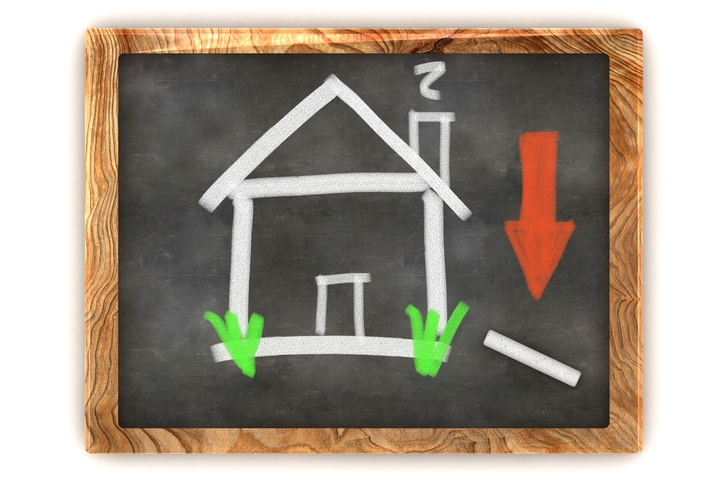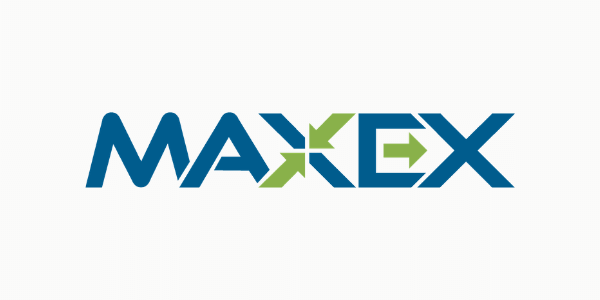Advertisement
Lower Homeownership Rates Tied to Limited English Proficiency

Limited proficiency in English is also limiting access to homeownership in the U.S., according to a new data study by the Urban Institute.
There is a 64 percent median homeownership rate in neighborhoods with the highest levels of limited English proficient (LEP) residents, compared to a 74 percent rate in neighborhoods with the lowest levels of LEP residents. Spanish-language speakers compose 62 percent of the LEP population, and the new study determined that 42 percent of Spanish speakers do not speak English “very well.” Another 20 percent speak Asian or Pacific Island languages, and 15 percent speak other Indo-European languages.
“We are not sure why and how limited English proficiency interferes with homeownership, but this research establishes that it is a barrier on top of other, more researched barriers,” the study overview stated. “This finding suggests that we might expand homeownership by better serving the LEP community. Last October, the Federal Housing Finance Agency announced it would add a preferred language question to the redesigned Uniform Residential Loan Application. This new question will allow lenders and regulators to gather data to help them size the market of potential LEP homeowners and determine how they can best serve these populations.”
About the author




